BAGJACK – Carry It All
[Factory tour + Interview]
[Factory tour + Interview]
BAGJACK's influence on the world of functional clothing is unmatched to this day.
For nearly 3 decades the Berlin-born and based powerhouse has been delivering the most versatile and compelling carry solutions for urban commuters, cyclists, fashion aficionados, and techwear enjoyers.
For nearly 3 decades the Berlin-born and based powerhouse has been delivering the most versatile and compelling carry solutions for urban commuters, cyclists, fashion aficionados, and techwear enjoyers.
Their indestructible products and work with giants of the industry like ACRONYM, Stone Island, and Spyder have cemented their place in the pantheon of functional gods.
We have been long-time fans even before TECHUNTER was formed and friends since 2016 and our first interview. To meet Peter Brunsberg and his team in person, we took a train to the east side of Berlin and after walking through a logistical company's office (telling, isn't it?) we found ourselves in front of an inconspicuous warehouse door, which led to one of the most fascinating and long conversations we had throughout our Euro trip.
We have been long-time fans even before TECHUNTER was formed and friends since 2016 and our first interview. To meet Peter Brunsberg and his team in person, we took a train to the east side of Berlin and after walking through a logistical company's office (telling, isn't it?) we found ourselves in front of an inconspicuous warehouse door, which led to one of the most fascinating and long conversations we had throughout our Euro trip.

Peter Brunsberg, Founder & CEO of BAGJACK.
Pe: We have a lot of trials over here and all sorts of things that we made in the past. This is a kind of… second brain of mine.
[TH: An archive?]
Yes, when I research something, the projects I developed in the past will inspire me for new things. This is a glasses case we made in collaboration with ACRONYM for Stash. This was the first prototype for that project.
[TH: An archive?]
Yes, when I research something, the projects I developed in the past will inspire me for new things. This is a glasses case we made in collaboration with ACRONYM for Stash. This was the first prototype for that project.
[Is this a Recon?]
Recon, yeah. This was the first bag in this kind of stealth style I made.
Over here are a lot of smaller ones. Some things we made for watches, for Luminox. They were asking for the military version of a wrist strap. And the first one was made with a FIDLOCK. We made some trials, but of course watchmakers said "Oh no, magnets near the mechanism".
Recon, yeah. This was the first bag in this kind of stealth style I made.
Over here are a lot of smaller ones. Some things we made for watches, for Luminox. They were asking for the military version of a wrist strap. And the first one was made with a FIDLOCK. We made some trials, but of course watchmakers said "Oh no, magnets near the mechanism".




Anyway, over here we have a fun project of ours – it is a foldable box we made for logistic companies. This is a science project supported by the government and we developed special electronic parts for this and used FIDLOCK buckles, so that it would be easy to open and close. Inside of the box there would be an electronic device with detectors. If you were to try to cut the bag, and to get in, the system would recognize it and ring an alarm, as well as send information to the owner. These are the kinds of crazy things we develop *laughs*. It is my special room with a shooting range. I have an air gun and sometimes in the evening I put this on the wall for practice.
[So many toys...]
Yes, I got them from a good friend, he worked for MEDICOM TOY.
[So many toys...]
Yes, I got them from a good friend, he worked for MEDICOM TOY.
When I visited him, he always had a small present for me, but unfortunately he died last year. But yeah, it's life, huh?
Oh, here is our pure color line project. I visited the IWA exhibition, that is an international rifle show in Germany. There I saw a booth full of colored gun pods, grips and stuff. And I ask – "Oh, you can colour plastic?" And they said yes, it was military-spec standards and all that jazz. Then we sent them our buckles, made some trials, and in the end we made this collection. It was incredibly expensive, of course, because all these small plastic parts cost 10 euros per piece to colour. At the end of the day we paid more than 20 000 euros just for coloring all of the plastic. But it looks so crazy! They colour everything three times and then they put it in the oven to heat up this form for more than 8 hours, a long process to print the color in the right way. That was a very cool project.
Oh, here is our pure color line project. I visited the IWA exhibition, that is an international rifle show in Germany. There I saw a booth full of colored gun pods, grips and stuff. And I ask – "Oh, you can colour plastic?" And they said yes, it was military-spec standards and all that jazz. Then we sent them our buckles, made some trials, and in the end we made this collection. It was incredibly expensive, of course, because all these small plastic parts cost 10 euros per piece to colour. At the end of the day we paid more than 20 000 euros just for coloring all of the plastic. But it looks so crazy! They colour everything three times and then they put it in the oven to heat up this form for more than 8 hours, a long process to print the color in the right way. That was a very cool project.

[What are these fabrics for? We don't think we've ever seen anything from you made with these.]
Well, I'm always at some trade fest for fabrics and samples, and then we are left with a lot of stuff like this. Maybe this one is not durable enough, but looks nice.
Right here is a development for Tomorrowland, a Japanese store, that we did. They asked me for a suitcase with wheels. You can walk with it, and then you have the suitcase mode as well. It was a really nice project, to upscale this… skateboard. Well, it is impossible to get a nice wheel setup in a prototyping phase anyway.
[This looks like one of your bags, right?]
Exactly, and then we scaled this up. Since we construct everything in 3D, it gives us a possibility to scale up anything. And it is always possible to morph the products in one specific dimension.
This is what I made for Spyder as well, maybe you can see it still on the Spyder web page. It was the first prototype. This bag I developed totally and completely in 3D at first, and after that, I constructed it, bringing it to a 2D pattern. The first prototype I've sewn mostly by myself, and it worked.
Never before have I made this kind of complicated pattern design, and constructed it, sewn it, and it would work *laughs*.
Well, I'm always at some trade fest for fabrics and samples, and then we are left with a lot of stuff like this. Maybe this one is not durable enough, but looks nice.
Right here is a development for Tomorrowland, a Japanese store, that we did. They asked me for a suitcase with wheels. You can walk with it, and then you have the suitcase mode as well. It was a really nice project, to upscale this… skateboard. Well, it is impossible to get a nice wheel setup in a prototyping phase anyway.
[This looks like one of your bags, right?]
Exactly, and then we scaled this up. Since we construct everything in 3D, it gives us a possibility to scale up anything. And it is always possible to morph the products in one specific dimension.
This is what I made for Spyder as well, maybe you can see it still on the Spyder web page. It was the first prototype. This bag I developed totally and completely in 3D at first, and after that, I constructed it, bringing it to a 2D pattern. The first prototype I've sewn mostly by myself, and it worked.
Never before have I made this kind of complicated pattern design, and constructed it, sewn it, and it would work *laughs*.
[What are these fabrics for? We don't think we've ever seen anything from you made with these.]
Well, I'm always at some trade fest for fabrics and samples, and then we are left with a lot of stuff like this. Maybe this one is not durable enough, but looks nice.
Right here is a development for Tomorrowland, a Japanese store, that we did. They asked me for a suitcase with wheels. You can walk with it, and then you have the suitcase mode as well. It was a really nice project, to upscale this… skateboard. Well, it is impossible to get a nice wheel setup in a prototyping phase anyway.
Well, I'm always at some trade fest for fabrics and samples, and then we are left with a lot of stuff like this. Maybe this one is not durable enough, but looks nice.
Right here is a development for Tomorrowland, a Japanese store, that we did. They asked me for a suitcase with wheels. You can walk with it, and then you have the suitcase mode as well. It was a really nice project, to upscale this… skateboard. Well, it is impossible to get a nice wheel setup in a prototyping phase anyway.
[This looks like one of your bags, right?]
Exactly, and then we scaled this up. Since we construct everything in 3D, it gives us a possibility to scale up anything. And it is always possible to morph the products in one specific dimension.
This is what I made for Spyder as well, maybe you can see it still on the Spyder web page. It was the first prototype. This bag I developed totally and completely in 3D at first, and after that, I constructed it, bringing it to a 2D pattern. The first prototype I've sewn mostly by myself, and it worked.
Never before have I made this kind of complicated pattern design, and constructed it, sewn it, and it would work *laughs*.
Exactly, and then we scaled this up. Since we construct everything in 3D, it gives us a possibility to scale up anything. And it is always possible to morph the products in one specific dimension.
This is what I made for Spyder as well, maybe you can see it still on the Spyder web page. It was the first prototype. This bag I developed totally and completely in 3D at first, and after that, I constructed it, bringing it to a 2D pattern. The first prototype I've sewn mostly by myself, and it worked.
Never before have I made this kind of complicated pattern design, and constructed it, sewn it, and it would work *laughs*.
[Your relationship with Spyder is ongoing?]
Yeah, we always have new contracts to develop new collections of bags.
[Do they provide the army too?]
This was requested by South Korean navy seals.
Now we have the next generation of this backpack in production.
[Yeah, that's good… and complex. Are you the first tester of all your products?]
I try to, that is why everybody is asking me "Why do you have so many bags on you? Are you a walking showroom?".
I HAVE TO TRY EVERYTHING BY MYSELF,
so when I will talk about it, I will understand how it all works: what's good, or wrong, small details and such.
Let's go downstairs.
Yeah, we always have new contracts to develop new collections of bags.
[Do they provide the army too?]
This was requested by South Korean navy seals.
Now we have the next generation of this backpack in production.
[Yeah, that's good… and complex. Are you the first tester of all your products?]
I try to, that is why everybody is asking me "Why do you have so many bags on you? Are you a walking showroom?".
I HAVE TO TRY EVERYTHING BY MYSELF,
so when I will talk about it, I will understand how it all works: what's good, or wrong, small details and such.
Let's go downstairs.

[Your relationship with Spyder is ongoing?]
Yeah, we always have new contracts to develop new collections of bags.
[Do they provide the army too?]
This was requested by South Korean navy seals.
Now we have the next generation of this backpack in production.
Yeah, we always have new contracts to develop new collections of bags.
[Do they provide the army too?]
This was requested by South Korean navy seals.
Now we have the next generation of this backpack in production.
[Yeah, that's good… and complex. Are you the first tester of all your products?]
I try to, that is why everybody is asking me "Why do you have so many bags on you? Are you a walking showroom?".
I HAVE TO TRY EVERYTHING BY MYSELF,
so when I will talk about it, I will understand how it all works: what's good, or wrong, small details and such.
Let's go downstairs.
I try to, that is why everybody is asking me "Why do you have so many bags on you? Are you a walking showroom?".
I HAVE TO TRY EVERYTHING BY MYSELF,
so when I will talk about it, I will understand how it all works: what's good, or wrong, small details and such.
Let's go downstairs.
We went downstairs, leaving Peter's dungeon behind,
and entered the main production floor.
Sounds of machinery, smell of nylon and cardboard filled the room…
and entered the main production floor.
Sounds of machinery, smell of nylon and cardboard filled the room…
We went downstairs, leaving Peter's dungeon behind, and entered the main production floor. Sounds of machinery, smell of nylon and cardboard filled the room…
Here, let us start from the back. This is the delivery room. And this is my bicycle.
[World renown!]
It's a Bullitt. From Larry vs Harry and it is made in Copenhagen.
[It always seemed huge.]
No, maybe on Instagram I have this picture with a lot of boxes. It is that exact bicycle. You can lift everything up, and here is also an expandable bag that I developed. So… it can get much bigger!
[World renown!]
It's a Bullitt. From Larry vs Harry and it is made in Copenhagen.
[It always seemed huge.]
No, maybe on Instagram I have this picture with a lot of boxes. It is that exact bicycle. You can lift everything up, and here is also an expandable bag that I developed. So… it can get much bigger!
[How old is it?]
This is 5 or 6 years old and I attached this electric engine.
Here we have storage for our fabrics, accessories, buckles, labels, webbings, and velcros, all of this stuff. It is a kind of Toyland.
[You have it really well organized.]
Yeah, but it is just the first step.
The next step is to bring all this into our digital system.
This is 5 or 6 years old and I attached this electric engine.
Here we have storage for our fabrics, accessories, buckles, labels, webbings, and velcros, all of this stuff. It is a kind of Toyland.
[You have it really well organized.]
Yeah, but it is just the first step.
The next step is to bring all this into our digital system.
[Do you still run the project where you sell the excess stuff on a separate website?]
Ah, our textile store? No, we stopped this, because it was my fault with managing it. This textile shop was never promoted by us, so it was totally flying under the radar. We stopped it 2 years ago.
[The fact that you gave the community the ability to make their own stuff was incredible.]
Yes, for us the idea was basically that we buy all these buckles, and it is really expensive for a small company because of the minimum quantity of order and everything, so you end up hoarding all this fabric and it just sits in your storage. It's liquid money that is fixed in place. From this point of view it makes sense to open a store like that.
And because we have this professional online shop, with a potential to add some substores and we can use the management system behind it, so that we can sell the unused stuff.
And then of course, people have the opportunity to buy add-ons for their own bags, make them and so on.
Here we have a kind of "commission" room. We bring all the different orders together, and prepare this for the production. This is one of our ideas for better logistics. To combine a lot of different orders by the process so that we have an effective line.
Ah, our textile store? No, we stopped this, because it was my fault with managing it. This textile shop was never promoted by us, so it was totally flying under the radar. We stopped it 2 years ago.
[The fact that you gave the community the ability to make their own stuff was incredible.]
Yes, for us the idea was basically that we buy all these buckles, and it is really expensive for a small company because of the minimum quantity of order and everything, so you end up hoarding all this fabric and it just sits in your storage. It's liquid money that is fixed in place. From this point of view it makes sense to open a store like that.
And because we have this professional online shop, with a potential to add some substores and we can use the management system behind it, so that we can sell the unused stuff.
And then of course, people have the opportunity to buy add-ons for their own bags, make them and so on.
Here we have a kind of "commission" room. We bring all the different orders together, and prepare this for the production. This is one of our ideas for better logistics. To combine a lot of different orders by the process so that we have an effective line.
[Do you still run the project where you sell the excess stuff on a separate website?]
Ah, our textile store? No, we stopped this, because it was my fault with managing it. This textile shop was never promoted by us, so it was totally flying under the radar. We stopped it 2 years ago.
[The fact that you gave the community the ability to make their own stuff was incredible.]
Yes, for us the idea was basically that we buy all these buckles, and it is really expensive for a small company because of the minimum quantity of order and everything, so you end up hoarding all this fabric and it just sits in your storage. It's liquid money that is fixed in place. From this point of view it makes sense to open a store like that.
Ah, our textile store? No, we stopped this, because it was my fault with managing it. This textile shop was never promoted by us, so it was totally flying under the radar. We stopped it 2 years ago.
[The fact that you gave the community the ability to make their own stuff was incredible.]
Yes, for us the idea was basically that we buy all these buckles, and it is really expensive for a small company because of the minimum quantity of order and everything, so you end up hoarding all this fabric and it just sits in your storage. It's liquid money that is fixed in place. From this point of view it makes sense to open a store like that.
And because we have this professional online shop, with a potential to add some substores and we can use the management system behind it, so that we can sell the unused stuff.
And then of course, people have the opportunity to buy add-ons for their own bags, make them and so on.
Here we have a kind of "commission" room. We bring all the different orders together, and prepare this for the production. This is one of our ideas for better logistics. To combine a lot of different orders by the process so that we have an effective line.
And then of course, people have the opportunity to buy add-ons for their own bags, make them and so on.
Here we have a kind of "commission" room. We bring all the different orders together, and prepare this for the production. This is one of our ideas for better logistics. To combine a lot of different orders by the process so that we have an effective line.
We have classic automation solutions over here: there are frames that you can add some webbings to, and then they can sew it, and all of this can be managed by someone who has no skills. This is a classic one, and over here we have a machine that cuts all webbing and velcros with a heating cutter, and ultrasonic one. Then we have different tools for that, to cut in different shapes and so on.
[How many people work in the production part of BAGJACK?]
COVID took some people, so at the moment we are at a low capacity. We have around 18-20 people.
[That is quite a small scale operation.]
Yes, but it is a question of effectiveness. Last year there were many more people, but then we had a kind of trial to find new workers.
Secondly, we need to get the feeling what our problems are with the organization. We want to have an effective system to prepare the work, and how everything should be used up inside the production.
[And by the looks of it, you have everything going "down the line" in one direction, right?]
Yeah. We are always in the process of developing and evolving our organization and the logistics.
[How many people work in the production part of BAGJACK?]
COVID took some people, so at the moment we are at a low capacity. We have around 18-20 people.
[That is quite a small scale operation.]
Yes, but it is a question of effectiveness. Last year there were many more people, but then we had a kind of trial to find new workers.
Secondly, we need to get the feeling what our problems are with the organization. We want to have an effective system to prepare the work, and how everything should be used up inside the production.
[And by the looks of it, you have everything going "down the line" in one direction, right?]
Yeah. We are always in the process of developing and evolving our organization and the logistics.

We have classic automation solutions over here: there are frames that you can add some webbings to, and then they can sew it, and all of this can be managed by someone who has no skills. This is a classic one, and over here we have a machine that cuts all webbing and velcros with a heating cutter, and ultrasonic one. Then we have different tools for that, to cut in different shapes and so on.
[How many people work in the production part of BAGJACK?]
COVID took some people, so at the moment we are at a low capacity. We have around 18-20 people.
[How many people work in the production part of BAGJACK?]
COVID took some people, so at the moment we are at a low capacity. We have around 18-20 people.
[That is quite a small scale operation.]
Yes, but it is a question of effectiveness. Last year there were many more people, but then we had a kind of trial to find new workers.
Secondly, we need to get the feeling what our problems are with the organization. We want to have an effective system to prepare the work, and how everything should be used up inside the production.
[And by the looks of it, you have everything going "down the line" in one direction, right?]
Yeah. We are always in the process of developing and evolving our organization and the logistics.
Yes, but it is a question of effectiveness. Last year there were many more people, but then we had a kind of trial to find new workers.
Secondly, we need to get the feeling what our problems are with the organization. We want to have an effective system to prepare the work, and how everything should be used up inside the production.
[And by the looks of it, you have everything going "down the line" in one direction, right?]
Yeah. We are always in the process of developing and evolving our organization and the logistics.
[As with the bags.]
Yes, exactly. It is all an evolutionary process. Over here it is a "pending room". Everything will be prepared here, and stored for the production at first. These are the sandbags I told you about before. We make them for a German rental service. Lichtsack – "light sack".
[This is definitely one of the better sandbags that we've ever held.]
This is a 12 kilo one. You can really abuse them. The company told us that they used Manfrotto ones, but they fell apart after hard use on bigger productions.
[Nowadays we think your market, at least from the outlook, is more shifted towards Asia. Because before, in the 2000s and some of the 10's BAGJACK was everywhere in Europe, but nowadays I think maybe even more than 50% of your customers are in Asia?]
Yes, exactly. It is all an evolutionary process. Over here it is a "pending room". Everything will be prepared here, and stored for the production at first. These are the sandbags I told you about before. We make them for a German rental service. Lichtsack – "light sack".
[This is definitely one of the better sandbags that we've ever held.]
This is a 12 kilo one. You can really abuse them. The company told us that they used Manfrotto ones, but they fell apart after hard use on bigger productions.
[Nowadays we think your market, at least from the outlook, is more shifted towards Asia. Because before, in the 2000s and some of the 10's BAGJACK was everywhere in Europe, but nowadays I think maybe even more than 50% of your customers are in Asia?]
Mm, yeah. It is difficult to say… We have a really good distribution in Japan because we worked over there for the past 15 years.
[What was your first store there? Illuminator?]
No, they did not exist at that time. Maybe you know United Arrows? They were one of the first big stores over there, and Bshop, we worked together really closely. But the thing is that in Japan we had a really successful entry into the market, since we have a really high flexibility in our products, we have no seasons. When I go to a store they ask me "Can you show your lookbook from season 2022/23" and I say no, we don't have a lookbook. Swing by our Instagram, or Facebook, or webpage. What we can show you is a fabric book, and a book with webbing, so you can pick and choose your own bag – they are totally overdosed afterwards. For most of them it is too difficult.
But in Japan you have the situation where a lot of the buyers study design and they are totally happy to get on board.
[What was your first store there? Illuminator?]
No, they did not exist at that time. Maybe you know United Arrows? They were one of the first big stores over there, and Bshop, we worked together really closely. But the thing is that in Japan we had a really successful entry into the market, since we have a really high flexibility in our products, we have no seasons. When I go to a store they ask me "Can you show your lookbook from season 2022/23" and I say no, we don't have a lookbook. Swing by our Instagram, or Facebook, or webpage. What we can show you is a fabric book, and a book with webbing, so you can pick and choose your own bag – they are totally overdosed afterwards. For most of them it is too difficult.
But in Japan you have the situation where a lot of the buyers study design and they are totally happy to get on board.

We can be picky, and the good thing is that we can go really deep into the market and the stores, because if you have Bshop stores over here, and Tomorrowland over here, they have no problems with each other – BAGJACK collections in both stores are totally different.
The buyer can say that they need more leather products, because they have this kind of a selection, and they need bags made with leather, but functional, and high-quality.
Oh, here, you know why we call it a Sniper bag? I saw this on a military guy. He came and brought a version of this silhouette, but in a soft shell. At the time we had a request from a company to make a collection for ladies, so I see this hand muff for snipers in softshell, and I think – wow, this looks so cool, and if we morph this a little bit, then we have a really nice lady handbag, which they can warm their fingers in as well.
We modified the silhouette, gave it the divided space inside, and had a zipper going at an angle. This way we have a bigger entry into the bag. That is what makes a lot of…
[Creativity?]
Yes, and thinking. Just to understand how I would use this bag before I make it. And then the rest of the details come after we make the bag, then we use it, and then we give it the next evolutionary step. Most companies and designers don't have this luxury.
The buyer can say that they need more leather products, because they have this kind of a selection, and they need bags made with leather, but functional, and high-quality.
Oh, here, you know why we call it a Sniper bag? I saw this on a military guy. He came and brought a version of this silhouette, but in a soft shell. At the time we had a request from a company to make a collection for ladies, so I see this hand muff for snipers in softshell, and I think – wow, this looks so cool, and if we morph this a little bit, then we have a really nice lady handbag, which they can warm their fingers in as well.
We modified the silhouette, gave it the divided space inside, and had a zipper going at an angle. This way we have a bigger entry into the bag. That is what makes a lot of…
[Creativity?]
Yes, and thinking. Just to understand how I would use this bag before I make it. And then the rest of the details come after we make the bag, then we use it, and then we give it the next evolutionary step. Most companies and designers don't have this luxury.
We can be picky, and the good thing is that we can go really deep into the market and the stores, because if you have Bshop stores over here, and Tomorrowland over here, they have no problems with each other – BAGJACK collections in both stores are totally different.
The buyer can say that they need more leather products, because they have this kind of a selection, and they need bags made with leather, but functional, and high-quality.
Oh, here, you know why we call it a Sniper bag? I saw this on a military guy. He came and brought a version of this silhouette, but in a soft shell. At the time we had a request from a company to make a collection for ladies, so I see this hand muff for snipers in softshell, and I think – wow, this looks so cool, and if we morph this a little bit, then we have a really nice lady handbag, which they can warm their fingers in as well.
The buyer can say that they need more leather products, because they have this kind of a selection, and they need bags made with leather, but functional, and high-quality.
Oh, here, you know why we call it a Sniper bag? I saw this on a military guy. He came and brought a version of this silhouette, but in a soft shell. At the time we had a request from a company to make a collection for ladies, so I see this hand muff for snipers in softshell, and I think – wow, this looks so cool, and if we morph this a little bit, then we have a really nice lady handbag, which they can warm their fingers in as well.
We modified the silhouette, gave it the divided space inside, and had a zipper going at an angle. This way we have a bigger entry into the bag. That is what makes a lot of…
[Creativity?]
Yes, and thinking. Just to understand how I would use this bag before I make it. And then the rest of the details come after we make the bag, then we use it, and then we give it the next evolutionary step. Most companies and designers don't have this luxury.
[Creativity?]
Yes, and thinking. Just to understand how I would use this bag before I make it. And then the rest of the details come after we make the bag, then we use it, and then we give it the next evolutionary step. Most companies and designers don't have this luxury.
They have to produce a new collection, and another collection, and for the next year we need it in green or in blue, but a totally different jacket, or a totally different bag, and no possibility to bring the products to the next level.
In fashion we need new, new, new, different, again. But
REALISTICALLY PEOPLE HAVE TO ACTUALLY HAVE A USE CASE FOR THE PRODUCT,
and have to spend time with it.
Of course, a lot of people don't think about it, and that is why a lot of fast fashion companies are really successful, because they make people think they are running behind.
[How old is this one? So soft, this leather is incredible.]
Maybe 5 or 6 years? All these bags are never used, they are all for the production references.
Over here there are no pictures allowed, but you can take a look. This is what we have built up.
This is our future closed operation unit, with which we can do a lot of different sewing processes fully automated.
In fashion we need new, new, new, different, again. But
REALISTICALLY PEOPLE HAVE TO ACTUALLY HAVE A USE CASE FOR THE PRODUCT,
and have to spend time with it.
Of course, a lot of people don't think about it, and that is why a lot of fast fashion companies are really successful, because they make people think they are running behind.
[How old is this one? So soft, this leather is incredible.]
Maybe 5 or 6 years? All these bags are never used, they are all for the production references.
Over here there are no pictures allowed, but you can take a look. This is what we have built up.
This is our future closed operation unit, with which we can do a lot of different sewing processes fully automated.

They have to produce a new collection, and another collection, and for the next year we need it in green or in blue, but a totally different jacket, or a totally different bag, and no possibility to bring the products to the next level. In fashion we need new, new, new, different, again. But
REALISTICALLY PEOPLE HAVE TO ACTUALLY HAVE A USE CASE FOR THE PRODUCT,
and have to spend time with it. Of course, a lot of people don't think about it, and that is why a lot of fast fashion companies are really successful, because they make people think they are running behind.
REALISTICALLY PEOPLE HAVE TO ACTUALLY HAVE A USE CASE FOR THE PRODUCT,
and have to spend time with it. Of course, a lot of people don't think about it, and that is why a lot of fast fashion companies are really successful, because they make people think they are running behind.
[How old is this one? So soft, this leather is incredible.]
Maybe 5 or 6 years? All these bags are never used, they are all for the production references.
Over here there are no pictures allowed, but you can take a look. This is what we have built up.
This is our future closed operation unit, with which we can do a lot of different sewing processes fully automated.
Maybe 5 or 6 years? All these bags are never used, they are all for the production references.
Over here there are no pictures allowed, but you can take a look. This is what we have built up.
This is our future closed operation unit, with which we can do a lot of different sewing processes fully automated.
[From scratch? The whole bag or some details?]
Details at first, so we can build up some production processes. We start with different multifunctional frames. This is the first frame we made, just for trial purposes at the moment. All the pieces are in production, so we are waiting for second generation prototypes, and then we will start with the new trails.
[To automate the basic tasks that are repeatable?]
To sew webbing on fabrics, or sew velcro onto the bag. And this is done in a really flexible way, which is different from classic automation that is just for one bag, or one model. We are developing a system that will be totally flexible. You will be able to sew a zipper on the fabric, then you don't reset it for a tote bag, or backpack, or whatever. It is just the process.
[And so the seamstresses can just assemble the final product. And they don't have to spend time on this manual labor that takes a lot of time, especially in your bags, where there are multiple elements that repeat themselves.]
Details at first, so we can build up some production processes. We start with different multifunctional frames. This is the first frame we made, just for trial purposes at the moment. All the pieces are in production, so we are waiting for second generation prototypes, and then we will start with the new trails.
[To automate the basic tasks that are repeatable?]
To sew webbing on fabrics, or sew velcro onto the bag. And this is done in a really flexible way, which is different from classic automation that is just for one bag, or one model. We are developing a system that will be totally flexible. You will be able to sew a zipper on the fabric, then you don't reset it for a tote bag, or backpack, or whatever. It is just the process.
[And so the seamstresses can just assemble the final product. And they don't have to spend time on this manual labor that takes a lot of time, especially in your bags, where there are multiple elements that repeat themselves.]
Exactly. Also, of course, for the future, so we have a really flexible interface for programming, to be really straightforward.
So if you have a different process, you can add it all together.
[That is a good approach, you don't want to throw automation at everything, because you don't actually need it.]
Exactly, so that our seamstresses can spend more time on higher-level problems that we are at the moment not able to automate.
[That is incredible.]
Yes. We had to start from zero, from the blank page.
I am doing it with Yves, you met. He is an engineer and a machine builder, doctor, professor, works with institutes, and has a lot of skills. And I have my knowledge with the production and construction as well.
I also construct the frames and tools we need for this.
So if you have a different process, you can add it all together.
[That is a good approach, you don't want to throw automation at everything, because you don't actually need it.]
Exactly, so that our seamstresses can spend more time on higher-level problems that we are at the moment not able to automate.
[That is incredible.]
Yes. We had to start from zero, from the blank page.
I am doing it with Yves, you met. He is an engineer and a machine builder, doctor, professor, works with institutes, and has a lot of skills. And I have my knowledge with the production and construction as well.
I also construct the frames and tools we need for this.
Over here it is the beginning of the process – cutting.
And over here is a Rolls Royce of all cutting systems. It is more than 15 years old. It cuts just one layer, but for us it is not important to cut 500. It vacuums the fabric from underneath and then you have a pull knife, and pneumatic oscillating knife. That means it is working like a stitch. And then we have a roll knife, it works like a pizza knife with the driving wheel cutter.
[Do you plan to make an archive of everything you did? Because we think it would be really interesting in the future to have a BAGJACK archive.]
Well, yeah. Last year, after we moved to this place, I said okay, we have this 1000 SQM building now, about time.
Here is my wife. She makes most of the designs and creates most of the bags. I also make them, but I have to handle too many things nowadays. We are always fighting over and discussing every single detail. We create together, but mostly she is responsible for all of our work. I'm just a face, the frontman of this *laughs*.
And over here is a Rolls Royce of all cutting systems. It is more than 15 years old. It cuts just one layer, but for us it is not important to cut 500. It vacuums the fabric from underneath and then you have a pull knife, and pneumatic oscillating knife. That means it is working like a stitch. And then we have a roll knife, it works like a pizza knife with the driving wheel cutter.
[Do you plan to make an archive of everything you did? Because we think it would be really interesting in the future to have a BAGJACK archive.]
Well, yeah. Last year, after we moved to this place, I said okay, we have this 1000 SQM building now, about time.
Here is my wife. She makes most of the designs and creates most of the bags. I also make them, but I have to handle too many things nowadays. We are always fighting over and discussing every single detail. We create together, but mostly she is responsible for all of our work. I'm just a face, the frontman of this *laughs*.
[Do you design everything in CAD?]
Yes.
[When did you first switch to doing it in CAD? Because we're pretty sure there was nothing like it when you started.]
Yes, in 2005 or 2006 we started to work directly with CAD, and I personally saw it in 1996 or 1997 for the first time at the textile fair, and went crazy about it. Before that I constructed everything with huge line measures, pencils and chalk.
[Everything was completely handmade before 2006?]
That was a nightmare. At some point, I had enough nighttime cutting by hand, went to the bank, and said – "We want to buy this cutter, the price is 100000 Euro", and they said, "You are stupid, we cannot pay this".
[And yet here we are.]
Exactly.
Yes.
[When did you first switch to doing it in CAD? Because we're pretty sure there was nothing like it when you started.]
Yes, in 2005 or 2006 we started to work directly with CAD, and I personally saw it in 1996 or 1997 for the first time at the textile fair, and went crazy about it. Before that I constructed everything with huge line measures, pencils and chalk.
[Everything was completely handmade before 2006?]
That was a nightmare. At some point, I had enough nighttime cutting by hand, went to the bank, and said – "We want to buy this cutter, the price is 100000 Euro", and they said, "You are stupid, we cannot pay this".
[And yet here we are.]
Exactly.
We made our way back through the factory line upstairs
and sat down in the meeting room with Peter to talk about bags a bit more…
and sat down in the meeting room with Peter to talk about bags a bit more…
We made our way back through the factory line upstairs and sat down in the meeting room with Peter to talk about bags a bit more…
[Let's start with what people are most hyped about – your golf division. How it started, what was the idea to enter into the apparel industry, and how it operates right now? As we know, it is a separate division that you don't manage.]
Yes. We got a request a few years ago from Japan. This was a request from a Japanese designer Jun Kuniyasu who worked for Ralph Lauren prior. He asked that we do something together and I agreed because he was a really big BAGJACK and ACRONYM fan. A few years later he came back with one of the biggest golf distributors in Japan and asked me to get a license for golf equipment and apparel to sell under the name of bagjack-GOLF.
We had a meeting where he showed me all the products, first samples, and everything he made. It was very cool. That was totally my way of thinking, we were on the same page. At first they tried making bags in Japan, but this was really difficult. That is why they came back to me and asked if it was possible to produce bags over here. I said – of course, it is our business.
Yes. We got a request a few years ago from Japan. This was a request from a Japanese designer Jun Kuniyasu who worked for Ralph Lauren prior. He asked that we do something together and I agreed because he was a really big BAGJACK and ACRONYM fan. A few years later he came back with one of the biggest golf distributors in Japan and asked me to get a license for golf equipment and apparel to sell under the name of bagjack-GOLF.
We had a meeting where he showed me all the products, first samples, and everything he made. It was very cool. That was totally my way of thinking, we were on the same page. At first they tried making bags in Japan, but this was really difficult. That is why they came back to me and asked if it was possible to produce bags over here. I said – of course, it is our business.
Golf has been a huge sport in Asia and in Japan for a long time. Japanese go golfing in Hawaii, Singapore, and Korea. You have golf spots everywhere, on roofs of buildings in the cities even. For them, it is a kind of folk sport.
[Hypebeast did their golf collection not that long ago.]
Yeah, it was funny. Kevin Ma from Hypebeast sent me a request – "I see, you are making golf equipment, and I started playing golf half a year ago, is it possible to get your stuff?". I introduced him to my people in Japan and then they started a special Hypebeast co-collection with bagjack-GOLF. This was kind of a kickoff for hype for golf. And I think this was an interesting connection to the core of the sport. However I have to say, I never played golf obsessively. I play it sometimes, but just for fun with friends. There is always a plan to go play golf because I enjoy the concentration and precision you need for it. And of course, I like the golf bag we made. It looks like a gun bag. If you go to the center of Berlin with it, the police will arrest you *laughs*.
[Hypebeast did their golf collection not that long ago.]
Yeah, it was funny. Kevin Ma from Hypebeast sent me a request – "I see, you are making golf equipment, and I started playing golf half a year ago, is it possible to get your stuff?". I introduced him to my people in Japan and then they started a special Hypebeast co-collection with bagjack-GOLF. This was kind of a kickoff for hype for golf. And I think this was an interesting connection to the core of the sport. However I have to say, I never played golf obsessively. I play it sometimes, but just for fun with friends. There is always a plan to go play golf because I enjoy the concentration and precision you need for it. And of course, I like the golf bag we made. It looks like a gun bag. If you go to the center of Berlin with it, the police will arrest you *laughs*.
[Your DNA was and is cycling and commuting. Any plans for any extra sports ventures? BAGJACK bowling perhaps?]
Yeah, so basically I was riding with a cycling messenger after the fall of the wall [fall of the Berlin Wall in November 1989 - editors note] for 3-5 years. And I happened to be a part of the first cycling championship here.
I started making bags for cycling messenger championships. I was making them at home because as a German you learn to sew yourself since the coolest stuff was not available for us. It is maybe similar to other Eastern bloc countries, that is why
WE HAD REALLY DEVELOPED THE KNACK FOR HANDCRAFTED THINGS, AND AN UNDERSTANDING OF IT.
That is one of the good things we took from the whole Soviet Union thing *laughs*.
Yeah, so basically I was riding with a cycling messenger after the fall of the wall [fall of the Berlin Wall in November 1989 - editors note] for 3-5 years. And I happened to be a part of the first cycling championship here.
I started making bags for cycling messenger championships. I was making them at home because as a German you learn to sew yourself since the coolest stuff was not available for us. It is maybe similar to other Eastern bloc countries, that is why
WE HAD REALLY DEVELOPED THE KNACK FOR HANDCRAFTED THINGS, AND AN UNDERSTANDING OF IT.
That is one of the good things we took from the whole Soviet Union thing *laughs*.
[Appreciation?]
Precisely. I think if you have a good product, and this basis of the product is good – the strap system, for example, you can create and add shapes and different variations.
This is why I create a bunch of possibilities, and you can pick up what you need for yourself.
I think my solution is to make products that are really modular. We create our own solutions, evolutionize them, and if you read a lot of reviews for bags, then you will get a lot of input on what people are looking for.
[So you are solving their problems, essentially.]
Exactly. We find solutions. I always look for one thing – it can look strange, but it has to work. You cannot just make a design from scratch, or draw it in Illustrator. If you have a lot of knowledge about the production – yes, you might be able to try.
Precisely. I think if you have a good product, and this basis of the product is good – the strap system, for example, you can create and add shapes and different variations.
This is why I create a bunch of possibilities, and you can pick up what you need for yourself.
I think my solution is to make products that are really modular. We create our own solutions, evolutionize them, and if you read a lot of reviews for bags, then you will get a lot of input on what people are looking for.
[So you are solving their problems, essentially.]
Exactly. We find solutions. I always look for one thing – it can look strange, but it has to work. You cannot just make a design from scratch, or draw it in Illustrator. If you have a lot of knowledge about the production – yes, you might be able to try.
[Your DNA was and is cycling and commuting. Any plans for any extra sports ventures? BAGJACK bowling perhaps?]
Yeah, so basically I was riding with a cycling messenger after the fall of the wall [fall of the Berlin Wall in November 1989 - editors note] for 3-5 years. And I happened to be a part of the first cycling championship here.
I started making bags for cycling messenger championships. I was making them at home because as a German you learn to sew yourself since the coolest stuff was not available for us. It is maybe similar to other Eastern bloc countries, that is why
WE HAD REALLY DEVELOPED THE KNACK FOR HANDCRAFTED THINGS, AND AN UNDERSTANDING OF IT.
That is one of the good things we took from the whole Soviet Union thing *laughs*.
Yeah, so basically I was riding with a cycling messenger after the fall of the wall [fall of the Berlin Wall in November 1989 - editors note] for 3-5 years. And I happened to be a part of the first cycling championship here.
I started making bags for cycling messenger championships. I was making them at home because as a German you learn to sew yourself since the coolest stuff was not available for us. It is maybe similar to other Eastern bloc countries, that is why
WE HAD REALLY DEVELOPED THE KNACK FOR HANDCRAFTED THINGS, AND AN UNDERSTANDING OF IT.
That is one of the good things we took from the whole Soviet Union thing *laughs*.
[Appreciation?]
Precisely. I think if you have a good product, and this basis of the product is good – the strap system, for example, you can create and add shapes and different variations.
This is why I create a bunch of possibilities, and you can pick up what you need for yourself.
I think my solution is to make products that are really modular. We create our own solutions, evolutionize them, and if you read a lot of reviews for bags, then you will get a lot of input on what people are looking for.
[So you are solving their problems, essentially.]
Exactly. We find solutions. I always look for one thing – it can look strange, but it has to work. You cannot just make a design from scratch, or draw it in Illustrator. If you have a lot of knowledge about the production – yes, you might be able to try.
Precisely. I think if you have a good product, and this basis of the product is good – the strap system, for example, you can create and add shapes and different variations.
This is why I create a bunch of possibilities, and you can pick up what you need for yourself.
I think my solution is to make products that are really modular. We create our own solutions, evolutionize them, and if you read a lot of reviews for bags, then you will get a lot of input on what people are looking for.
[So you are solving their problems, essentially.]
Exactly. We find solutions. I always look for one thing – it can look strange, but it has to work. You cannot just make a design from scratch, or draw it in Illustrator. If you have a lot of knowledge about the production – yes, you might be able to try.



But at the end of the day you have to bring this to a pattern designer, and they will most likely say that such a design will not work: it has too many sewing lines coming together, and has this thick bulk of fabric in this corner, and so on.
I think most of the designers are too far from the production, and too far from pattern engineering.
[Today most designers come in as a separate entity into the industry, rather than as a clothing or apparel maker.]
This is what I was trying to find when we were hiring people.
I think most of the designers are too far from the production, and too far from pattern engineering.
[Today most designers come in as a separate entity into the industry, rather than as a clothing or apparel maker.]
This is what I was trying to find when we were hiring people.
BE INTERESTED IN AESTHETICS, DESIGN, ARCHITECTURE AND PHOTOGRAPHY, AND EVERYTHING. BE OPEN, BUT LEARN WAYS OF THE CRAFT, AND DO SOMETHING WITH YOUR HANDS. LEARN TO USE TOOLS.
[This is a beautiful quote.]
Thank you. But really, when you are making a product, it is always an interdisciplinary thing. You have to build an understanding of the economic part, you have to build the understanding of technicalities, for fabrics, and so on. It sounds simple but is the most complicated thing in the world.
[This is a beautiful quote.]
Thank you. But really, when you are making a product, it is always an interdisciplinary thing. You have to build an understanding of the economic part, you have to build the understanding of technicalities, for fabrics, and so on. It sounds simple but is the most complicated thing in the world.
But at the end of the day you have to bring this to a pattern designer, and they will most likely say that such a design will not work: it has too many sewing lines coming together, and has this thick bulk of fabric in this corner, and so on.
I think most of the designers are too far from the production, and too far from pattern engineering.
[Today most designers come in as a separate entity into the industry, rather than as a clothing or apparel maker.]
This is what I was trying to find when we were hiring people.
I think most of the designers are too far from the production, and too far from pattern engineering.
[Today most designers come in as a separate entity into the industry, rather than as a clothing or apparel maker.]
This is what I was trying to find when we were hiring people.
BE INTERESTED IN AESTHETICS, DESIGN, ARCHITECTURE AND PHOTOGRAPHY, AND EVERYTHING. BE OPEN, BUT LEARN WAYS OF THE CRAFT, AND DO SOMETHING WITH YOUR HANDS. LEARN TO USE TOOLS.
[This is a beautiful quote.]
Thank you. But really, when you are making a product, it is always an interdisciplinary thing. You have to build an understanding of the economic part, you have to build the understanding of technicalities, for fabrics, and so on. It sounds simple but is the most complicated thing in the world.


[What are the companies you do production and design for right now, except for BAGJACK? Do you still do production for ACRONYM here?]
Yes, we worked with Errolson for the past 20 years. Today we produce everything here, twice a year, or three times a year sometimes. It is up to the new things we want to bring to life. It is really difficult to transfer this quality of production to an external partner. That makes us limited in the capacity of projects and seasons we can take on at a time. For example, Spyder asked us to produce two seasons for them. I told them – we cannot produce them in Berlin, we have the capacity to produce just one here at most. Maybe in the next 5 years, when we have built up our capacities, and if the technology is developed enough.
We are always looking for people, and it is really difficult to find them, teach and train them to the level that we need. When we walked around, you talked to Irina for example, she has been here for 12 years, but for the first 2 or 3 years she was crying *laughs*. Yet she was strong enough to stay here and power through it. That takes some nerve.
Yes, we worked with Errolson for the past 20 years. Today we produce everything here, twice a year, or three times a year sometimes. It is up to the new things we want to bring to life. It is really difficult to transfer this quality of production to an external partner. That makes us limited in the capacity of projects and seasons we can take on at a time. For example, Spyder asked us to produce two seasons for them. I told them – we cannot produce them in Berlin, we have the capacity to produce just one here at most. Maybe in the next 5 years, when we have built up our capacities, and if the technology is developed enough.
We are always looking for people, and it is really difficult to find them, teach and train them to the level that we need. When we walked around, you talked to Irina for example, she has been here for 12 years, but for the first 2 or 3 years she was crying *laughs*. Yet she was strong enough to stay here and power through it. That takes some nerve.
[Any other brands that you design for that you can name?]
Yeah, we worked for Stone Island in the past, and we made a Shadow Project in the beginning. And, yeah, some others. It is not official, we just make designs or handle some small productions.
[Can you be commissioned as a design studio?]
Yes. Before COVID I was often in Vietnam to work with production facilities there to produce huge quantities of products. Since we have this vertical development system here: from fabric to pattern design, to samples, we can think about the product in a factory mindset as a studio. We can transfer the product to another factory afterwards. That is what we are doing for the customers and clients. Factory owners always say "Oh, Peter, we never get a product that is as prepared as yours". We come up with the pattern, and sewing steps, physically show them how they have to do all the steps, in which sequence, and so on.
And they are always happy when we come.
Yeah, we worked for Stone Island in the past, and we made a Shadow Project in the beginning. And, yeah, some others. It is not official, we just make designs or handle some small productions.
[Can you be commissioned as a design studio?]
Yes. Before COVID I was often in Vietnam to work with production facilities there to produce huge quantities of products. Since we have this vertical development system here: from fabric to pattern design, to samples, we can think about the product in a factory mindset as a studio. We can transfer the product to another factory afterwards. That is what we are doing for the customers and clients. Factory owners always say "Oh, Peter, we never get a product that is as prepared as yours". We come up with the pattern, and sewing steps, physically show them how they have to do all the steps, in which sequence, and so on.
And they are always happy when we come.

[What are bag brands you like, other than BAGJACK?]
Well, of course, ACRONYM and Spyder *laughs*. Well, okay. For sure, I really like Arc'teryx stuff. I visited them a few times. And they came to Berlin, visited our HQ to see what we are doing, the designer and the art director. They came by and were totally impressed. Arc'teryx has a fantastic studio and a huge open floor. I stood there, and thought to myself – this is exactly what I need. All the designers have units with flexible sewing machines, and they can pattern, sew, and produce everything very rapidly. You see – they understand this idea of making a complete thing from scratch, from design to sewing, to production. This is what you can't see in most products.
I don't follow everything all the time, because I am so deeply into my own thing, but yeah.
WHAT WE ARE DOING IS TOO COMPLICATED FOR MOST CUSTOMERS.
That is why I am not angry when some of them say "Oh, I prefer Mission Workshop to you" and so on.
Our products are for people who like to discover, and our customer is not someone who takes the description of the product and goes "Okay, this strap is for my icepick". Click. And this is a pocket for my pencil. Click. Done.
Well, of course, ACRONYM and Spyder *laughs*. Well, okay. For sure, I really like Arc'teryx stuff. I visited them a few times. And they came to Berlin, visited our HQ to see what we are doing, the designer and the art director. They came by and were totally impressed. Arc'teryx has a fantastic studio and a huge open floor. I stood there, and thought to myself – this is exactly what I need. All the designers have units with flexible sewing machines, and they can pattern, sew, and produce everything very rapidly. You see – they understand this idea of making a complete thing from scratch, from design to sewing, to production. This is what you can't see in most products.
I don't follow everything all the time, because I am so deeply into my own thing, but yeah.
WHAT WE ARE DOING IS TOO COMPLICATED FOR MOST CUSTOMERS.
That is why I am not angry when some of them say "Oh, I prefer Mission Workshop to you" and so on.
Our products are for people who like to discover, and our customer is not someone who takes the description of the product and goes "Okay, this strap is for my icepick". Click. And this is a pocket for my pencil. Click. Done.
[What are bag brands you like, other than BAGJACK?]
Well, of course, ACRONYM and Spyder *laughs*. Well, okay. For sure, I really like Arc'teryx stuff. I visited them a few times. And they came to Berlin, visited our HQ to see what we are doing, the designer and the art director. They came by and were totally impressed. Arc'teryx has a fantastic studio and a huge open floor. I stood there, and thought to myself – this is exactly what I need. All the designers have units with flexible sewing machines, and they can pattern, sew, and produce everything very rapidly. You see – they understand this idea of making a complete thing from scratch, from design to sewing, to production. This is what you can't see in most products.
Well, of course, ACRONYM and Spyder *laughs*. Well, okay. For sure, I really like Arc'teryx stuff. I visited them a few times. And they came to Berlin, visited our HQ to see what we are doing, the designer and the art director. They came by and were totally impressed. Arc'teryx has a fantastic studio and a huge open floor. I stood there, and thought to myself – this is exactly what I need. All the designers have units with flexible sewing machines, and they can pattern, sew, and produce everything very rapidly. You see – they understand this idea of making a complete thing from scratch, from design to sewing, to production. This is what you can't see in most products.
I don't follow everything all the time, because I am so deeply into my own thing, but yeah.
WHAT WE ARE DOING IS TOO COMPLICATED FOR MOST CUSTOMERS.
That is why I am not angry when some of them say "Oh, I prefer Mission Workshop to you" and so on.
Our products are for people who like to discover, and our customer is not someone who takes the description of the product and goes "Okay, this strap is for my icepick". Click. And this is a pocket for my pencil. Click. Done.
WHAT WE ARE DOING IS TOO COMPLICATED FOR MOST CUSTOMERS.
That is why I am not angry when some of them say "Oh, I prefer Mission Workshop to you" and so on.
Our products are for people who like to discover, and our customer is not someone who takes the description of the product and goes "Okay, this strap is for my icepick". Click. And this is a pocket for my pencil. Click. Done.
[You have been doing it for nearly three decades – is the drive of when you were the bicycle courier to find a new solution still there? How many more solutions can you find?]
From my point of view, I am happy with what we made for the cycling messengers. But after we got a request from Spyder to create a backpack for South Korean navy seals, I went deeper into backpacking as a topic.
I looked at the bags on the market, like a three-zip backpack from Mystery Ranch – that is a Three-Day Assault Backpack from them that the navy seals guys showed me as well. I looked at the reviews, what was wrong and what was good. They were a good inspiration for this journey. And then you have photographic backpacks that function poorly or look bad. This is actually one of the most requested things to create that we get.
I cannot just copy something, that is why our backpacks don't look and function like any other. You have to climb this mountain yourself.
[So we guess your new problem solution craving is in the backpacking industry.]
Yes. A new child was born for me.
Now this will be a new evolutionary process in the coming years.
From my point of view, I am happy with what we made for the cycling messengers. But after we got a request from Spyder to create a backpack for South Korean navy seals, I went deeper into backpacking as a topic.
I looked at the bags on the market, like a three-zip backpack from Mystery Ranch – that is a Three-Day Assault Backpack from them that the navy seals guys showed me as well. I looked at the reviews, what was wrong and what was good. They were a good inspiration for this journey. And then you have photographic backpacks that function poorly or look bad. This is actually one of the most requested things to create that we get.
I cannot just copy something, that is why our backpacks don't look and function like any other. You have to climb this mountain yourself.
[So we guess your new problem solution craving is in the backpacking industry.]
Yes. A new child was born for me.
Now this will be a new evolutionary process in the coming years.

[You have been doing it for nearly three decades – is the drive of when you were the bicycle courier to find a new solution still there? How many more solutions can you find?]
From my point of view, I am happy with what we made for the cycling messengers. But after we got a request from Spyder to create a backpack for South Korean navy seals, I went deeper into backpacking as a topic.
I looked at the bags on the market, like a three-zip backpack from Mystery Ranch – that is a Three-Day Assault Backpack from them that the navy seals guys showed me as well. I looked at the reviews, what was wrong and what was good. They were a good inspiration for this journey. And then you have photographic backpacks that function poorly or look bad. This is actually one of the most requested things to create that we get.
I cannot just copy something, that is why our backpacks don't look and function like any other. You have to climb this mountain yourself.
From my point of view, I am happy with what we made for the cycling messengers. But after we got a request from Spyder to create a backpack for South Korean navy seals, I went deeper into backpacking as a topic.
I looked at the bags on the market, like a three-zip backpack from Mystery Ranch – that is a Three-Day Assault Backpack from them that the navy seals guys showed me as well. I looked at the reviews, what was wrong and what was good. They were a good inspiration for this journey. And then you have photographic backpacks that function poorly or look bad. This is actually one of the most requested things to create that we get.
I cannot just copy something, that is why our backpacks don't look and function like any other. You have to climb this mountain yourself.
[So we guess your new problem solution craving is in the backpacking industry.]
Yes. A new child was born for me.
Now this will be a new evolutionary process in the coming years.
Yes. A new child was born for me.
Now this will be a new evolutionary process in the coming years.
[Are you more of a backpack guy, or a messenger guy?]
For the daily commute, at the moment, my pick is my backpack. And if I have some business appointments, I use a small messenger from our NXL line. It means and looks business, but doesn't look too stiff and old school.
[And we guess the next chapter afterwards will be about luggage.]
Yeah, of course.
For the daily commute, at the moment, my pick is my backpack. And if I have some business appointments, I use a small messenger from our NXL line. It means and looks business, but doesn't look too stiff and old school.
[And we guess the next chapter afterwards will be about luggage.]
Yeah, of course.
This is one of my aims – to make really morphable and transformable traveling bags. And there are so many more problems that you can solve there. However, before that, we have to develop ourselves.
At the moment I'm really deep into 3D construction, and we have built up a lot of work processes, not just bags.
I can say that I have the idea for the aesthetic, I can work really closely with the production, and have an understanding of technical engineering. I know what they are asking me for. It is exactly that Interdisciplinary approach I meant.
At the moment I'm really deep into 3D construction, and we have built up a lot of work processes, not just bags.
I can say that I have the idea for the aesthetic, I can work really closely with the production, and have an understanding of technical engineering. I know what they are asking me for. It is exactly that Interdisciplinary approach I meant.
It is not often you meet a legendary craftsman, who was able to affect the world with his work and not lose his touch and the knack for it. BAGJACK is one of those rare projects that survived and managed to thrive in a constantly changing industry through the boldness of character and unparalleled dedication to one's craft. To see it all in person and to be able to tell this story was just the exact thing we started TECHUNTER for in the first place.
This article marks the end of our recap of our 2022 European tour. Go check out our earlier related posts via the links below and stay tuned for more stories, editorials, tours, and much more.
This article marks the end of our recap of our 2022 European tour. Go check out our earlier related posts via the links below and stay tuned for more stories, editorials, tours, and much more.
Produced by TECHUNTER Media.
Questions: Alex Zabelin [TECHUNTER, chief editor], Ivan Dzhatiev [TECHUNTER, creative director].
Answers: Peter Brunsberg [BAGJACK, founder and CEO].
Decryption: Artemii Kozak.
Edit: Ivan Dzhatiev [THM].
Layout: Alex Zabelin [THM].
Ph: Ivan Dzhatiev, Alex Zabelin [THM].
Special thanks to FUJIFILM for the gear support during our trip.
Questions: Alex Zabelin [TECHUNTER, chief editor], Ivan Dzhatiev [TECHUNTER, creative director].
Answers: Peter Brunsberg [BAGJACK, founder and CEO].
Decryption: Artemii Kozak.
Edit: Ivan Dzhatiev [THM].
Layout: Alex Zabelin [THM].
Ph: Ivan Dzhatiev, Alex Zabelin [THM].
Special thanks to FUJIFILM for the gear support during our trip.



